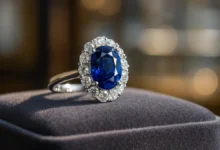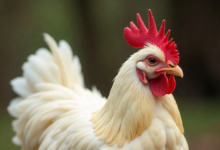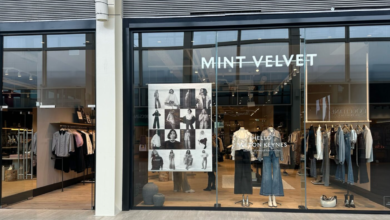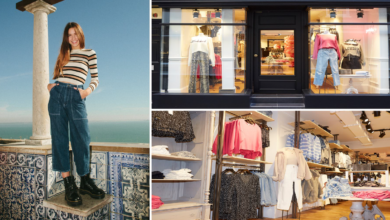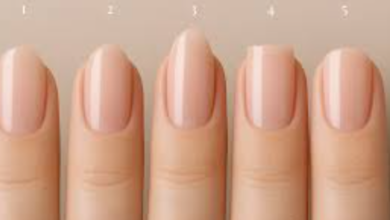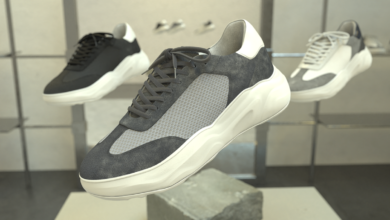Low Skin Fade: The Ultimate Guide to a Timeless Haircut
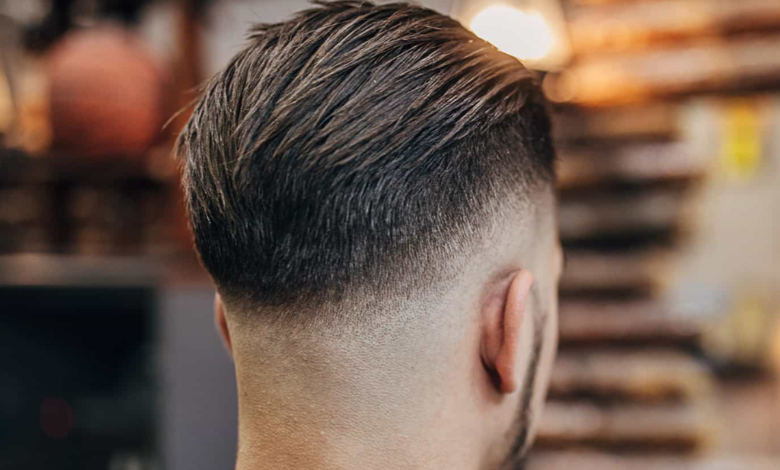
The low skin fade is a stylish, versatile haircut that works for nearly every man. Learn how to style, maintain, and rock this modern classic with our expert guide.
The low skin fade is more than just a haircut—it’s a statement of style, precision, and versatility. This modern yet timeless style blends effortlessly with a wide range of hair types, face shapes, and personal aesthetics. Whether you’re stepping into a barbershop for the first time or you’re a seasoned grooming enthusiast, the low skin fade can elevate your look instantly.
Unlike high or mid fades, a low skin fade begins just above the ears and gradually tapers down to the skin. It creates a clean, crisp appearance while still leaving plenty of hair on top for styling flexibility. It’s no wonder that the low skin fade has become one of the most popular hairstyles for men in recent years.
In this article, we’ll break down everything you need to know about the low skin fade. From its advantages and styling options to maintenance tips and FAQs, consider this your expert guide to mastering the look.
What Is a Low Skin Fade?
The low skin fade is a style where the hair gradually tapers down to the skin starting from just above the ear. This technique creates a sharp contrast between the longer hair on top and the skin-level sides and back. It’s the perfect blend of edgy and polished.
One of the standout features of the low skin fade is its subtlety. While high and mid fades often scream for attention, the low fade is all about understated sophistication. It frames the face in a way that highlights your natural features without overwhelming them.
Why Choose a Low Skin Fade?
There are plenty of reasons why someone might opt for a low skin fade. For starters, it works with nearly every hair type—curly, wavy, straight, or coiled. This makes it a go-to style for barbers and clients alike.
Another reason is its low-maintenance nature. A well-executed low skin fade can keep you looking sharp for weeks with minimal effort. It grows out evenly, which means fewer awkward in-between phases. Plus, it looks just as good whether you’re dressed for a formal event or just chilling on the weekend.
Types of Low Skin Fades
Not all low skin fades are created equal. Depending on your hair texture, face shape, and style preferences, you can choose from a variety of fade types.
Low Taper Skin Fade
The low taper skin fade is the most subtle version. It features a gradual fade around the neckline and ears, without dramatically affecting the sides. This is ideal for professionals or anyone wanting a clean, low-key look.
It’s a great starting point for someone new to fades. The taper fade doesn’t reveal too much skin, making it ideal for conservative workplaces or formal environments. Yet, it still provides that crisp edge that makes a haircut feel fresh.
Low Bald Fade
In a low bald fade, the hair is faded completely down to the skin starting just above the ear. It creates a striking contrast between the top and the sides. This is a bold choice for those who like their haircut to make a statement.
The bald fade is best for people who want a super clean finish. Paired with a sharp line-up or beard trim, it can transform your entire appearance. However, it does require more regular maintenance to keep it looking sharp.
Low Drop Fade
A low drop fade curves around the ear and drops down toward the back of the head. This gives a more contoured appearance and can accentuate the natural shape of your skull.
Drop fades are particularly popular in urban barbershop culture. They offer a unique spin on the classic low skin fade and pair beautifully with textured or curly hair on top.
Styling Options for a Low Skin Fade

The low skin fade is incredibly versatile, which means you can pair it with virtually any hairstyle on top. From classic pompadours to trendy textured crops, the options are nearly endless.
Textured Crop with Low Skin Fade
This style involves short, choppy layers on top that add volume and texture. It’s a modern look that works especially well with straight or wavy hair.
To style, use a matte pomade or styling clay. Work the product through damp or dry hair, then use your fingers to mess it up slightly. This gives it that perfectly imperfect look that’s become so popular.
Comb Over with Low Skin Fade
A comb over paired with a low skin fade is the epitome of class. It’s a great option for formal settings or office wear.
Use a medium-hold gel or pomade and a fine-tooth comb to sweep the hair to one side. This style can also be paired with a hard part for added structure and definition.
Low Skin Fade with Curls
Curly hair looks fantastic with a low skin fade. The fade emphasizes the volume and texture of the curls while keeping the overall look neat and tidy.
For styling, use a curl cream or leave-in conditioner to define your curls and reduce frizz. Let your hair air-dry or use a diffuser on low heat.
Low Skin Fade with Quiff
The quiff adds height and volume to your style, making it a great match for the clean lines of a low skin fade. It’s a bold look that requires some maintenance but pays off in sheer style points.
Blow-dry your hair upward while using a round brush to create lift. Apply a volumizing mousse or pomade to hold the shape throughout the day.
Maintenance Tips for a Low Skin Fade
While the low skin fade is relatively low-maintenance, there are a few tips to keep it looking its best between barber visits.
Regular Trims
To keep that fresh fade look, aim for a trim every two to three weeks. This will maintain the clean lines and prevent the fade from blending into a more generic haircut.
Make sure your barber understands how you like your fade done. Bring pictures or reference your last cut to keep it consistent.
Scalp Care
Since the fade goes all the way down to the skin, it’s important to keep your scalp healthy. Use a gentle exfoliating shampoo to prevent buildup and irritation.
Moisturize your scalp if it feels dry or itchy. A light, non-greasy lotion or scalp-specific product can help.
Product Usage
Choose products based on your hair type and the style you’re going for. Matte clays are great for texture, while pomades offer a sleek finish. Don’t overuse product—a little goes a long way.
Always wash your hair regularly to remove buildup and keep your fade looking clean and fresh.
Face Shapes and Low Skin Fades
The low skin fade is surprisingly adaptable to different face shapes. Here’s how it plays with each type:
Oval Face
An oval face can pull off nearly any hairstyle, and the low skin fade is no exception. You can experiment with different styles on top without worrying too much about proportions.
Round Face
To elongate a round face, go for a low skin fade with added volume on top, like a pompadour or quiff. Avoid styles that are too flat, as they can make your face appear wider.
Square Face
A square face benefits from the clean lines of a low skin fade. Try a crop or slicked-back style to highlight your strong jawline.
Long Face
If you have a longer face, keep the top more controlled to avoid adding extra height. A comb over or textured fringe works great with a low skin fade here.
Celebrities Who Rock the Low Skin Fade
Many celebrities have embraced the low skin fade, showing its versatility and high fashion potential. Think of Drake, Zayn Malik, and Chris Hemsworth. Each wears it differently, yet all look effortlessly stylish.
These public figures help cement the low skin fade as a go-to style for men who want to keep up with modern trends without sacrificing professionalism or polish.
Low Skin Fade: Do’s and Don’ts
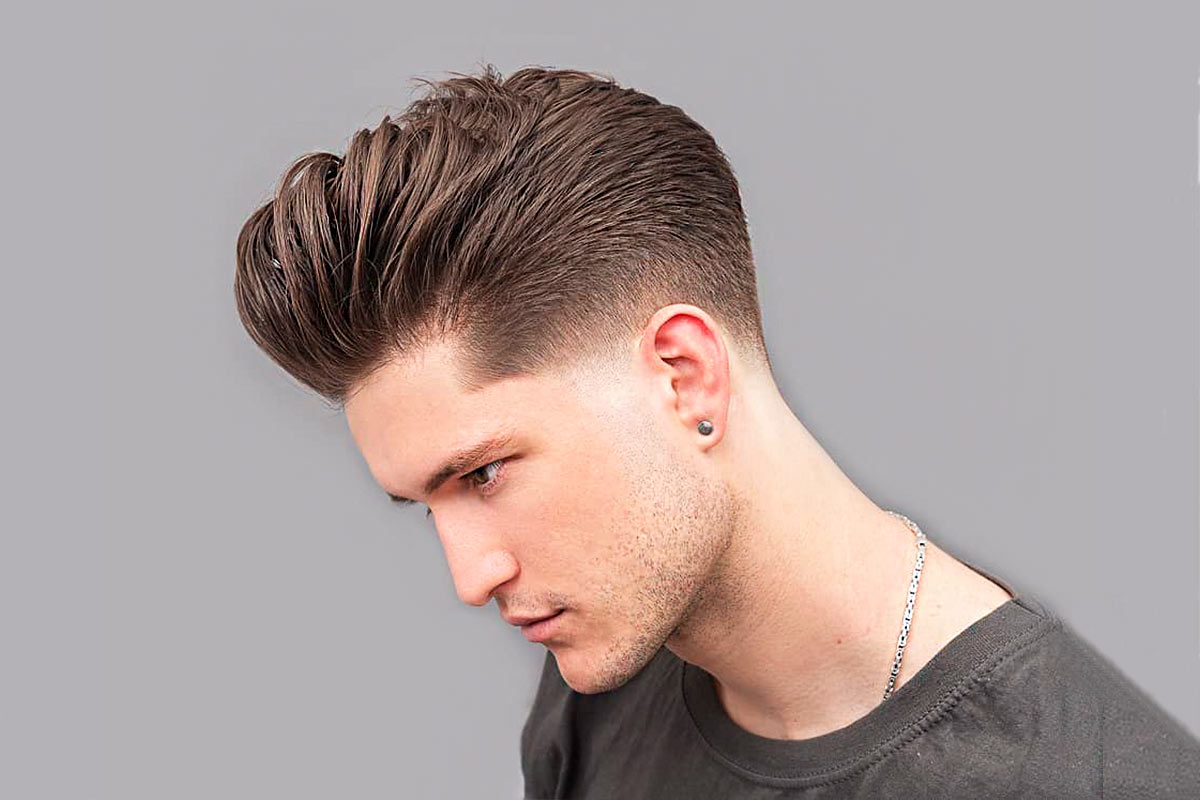
Do’s
- Visit a skilled barber who understands fades
- Use high-quality styling products
- Maintain regular trims
- Keep your scalp healthy
Don’ts
- Let the fade grow out unevenly
- Overload your hair with product
- Ignore your scalp’s needs
- Try to DIY unless you’re confident in your skills
Tools You Need at Home
Even if you visit the barber regularly, a few tools can help you maintain your low skin fade at home.
| Tool | Purpose |
|---|---|
| Trimmer | For touch-ups and detailing |
| Brush or Comb | For styling and sectioning |
| Styling Product | To hold and shape the look |
| Scalp Moisturizer | To keep skin healthy |
| Mirror Set | For checking all angles |
Quotes About Low Skin Fades
“A great fade is like a tailored suit—it fits perfectly and turns heads.”
“Barbering is art, and the low skin fade is one of its masterpieces.”
Frequently Asked Questions
How often should I get a low skin fade?
Every two to three weeks is ideal. Regular trims keep the fade looking sharp and prevent it from blending out too much.
Can I do a low skin fade at home?
You can, but it requires skill and the right tools. If you’re not confident, it’s better to leave it to a professional barber.
Is a low skin fade professional enough for work?
Absolutely. Its clean, neat appearance makes it suitable for most professional environments, especially when paired with a tidy top style.
What hair type is best for a low skin fade?
The beauty of the low skin fade is its compatibility with all hair types—curly, straight, wavy, or coiled.
Does a low skin fade require a lot of maintenance?
Not really. As long as you get regular trims and use a few styling products, it’s a fairly easy look to maintain.
Will a low skin fade suit my face shape?
Most likely, yes. This fade is adaptable and can be customized with different top styles to complement your face shape.
Conclusion: Is a Low Skin Fade Right for You?
If you’re after a stylish, clean, and versatile haircut, the low skin fade should be at the top of your list. It works with any hair type, suits all face shapes, and fits both casual and formal occasions. With a bit of maintenance and the right styling, it can become your signature look. So next time you’re in the barber’s chair, ask for a low skin fade and see the transformation for yourself.
